If you suffer from allergies or sensitivities, selecting the right bedding can significantly impact your sleep quality. Hypoallergenic bedding is designed to reduce allergens such as dust mites, mold, and pet dander, offering you a healthier sleeping environment. In this guide, we will explore important considerations and tips to help you choose the best hypoallergenic bedding for a peaceful and restorative night’s sleep.
1. Understanding Hypoallergenic Bedding
Hypoallergenic bedding is a crucial choice for individuals with allergies or respiratory issues. At its core, the term ‘hypoallergenic’ refers to materials that are less likely to trigger allergic reactions. This includes fabrics that are tightly woven, thereby preventing the entry of dust mites and other irritants. Understanding what hypoallergenic bedding truly means can help you make informed decisions when upgrading your sleeping environment.
Additionally, it’s important to know that just because a product is labeled ‘hypoallergenic’ doesn’t guarantee that it’s free from allergens. Always look for specific information about the materials used and whether they have been treated to reduce allergens. This awareness not only empowers you as a consumer but also enhances your chances of achieving a more restful and allergy-free night.
2. Materials That Repel Allergens
When selecting hypoallergenic bedding, the materials you choose can make a significant difference. Fabrics such as cotton, bamboo, and microfiber are excellent options because they are generally less conducive to dust mites. Cotton, for example, is breathable and naturally hypoallergenic, providing a comfortable sleep surface without harboring allergens.
In contrast, materials like polyester might trap dust and moisture, which can lead to mold and mildew buildup. It’s worth considering natural fibers when possible, as they often have inherently lesser allergenic properties. Furthermore, look for bedding treated with special finishes that enhance their hypoallergenic characteristics, offering you yet another layer of protection against common allergens.
3. The Importance of Regular Cleaning
Even the best hypoallergenic bedding can become a haven for allergens if not cleaned regularly. Frequent washing is essential to remove dust, pet dander, and other irritants. Aim to wash your sheets and pillowcases in hot water at least once a week. This frequency significantly lowers the allergenic content in your bedding, promoting a healthier sleeping environment.
Besides regular washes, consider using mattress and pillow protectors that can be easily cleaned. These protective layers act as a barrier between you and potential allergens, reducing exposure and enhancing your comfort. Remember, cleanliness is key, and establishing a consistent wash routine will greatly benefit your overall health.
4. Choosing the Right Fill for Pillows and Comforters
The fill material in pillows and comforters can also impact allergy sufferers. Down and feather products can often harbor dust mites, so consider opting for synthetic alternatives or specially treated natural fills. Materials like gel fiber or latex are not only hypoallergenic but also provide excellent support, making them great choices for sensitive sleepers.
Additionally, be cautious with memory foam products; while they can offer comfort, some types are not inherently hypoallergenic. Always check for certifications indicating low volatile organic compounds (VOCs) and allergen-reducing properties. This mindful selection helps to create a sanctuary for your sleep, ensuring that you can wake up refreshed and ready for the day ahead.
5. Finding Certified Hypoallergenic Products
Finding certified hypoallergenic products can help streamline your purchasing process. Look for certifications from organizations that verify that bedding has undergone rigorous testing for allergenic properties. Labels such as CertiPUR-US and OEKO-TEX indicate that a product has met specific health and environmental standards, ensuring it is safer for sensitive individuals.
In addition, consider checking product reviews or seeking recommendations from allergists. Personal experiences can often provide insights that certifications alone might not reveal. When you combine trusted certifications with positive feedback, you will feel more confident in your bedding choices, ultimately enhancing your sleep experience.
6. Selecting Easy-to-Maintain Bedding Options
Simplicity in maintenance can make a huge difference in your bedding choices. Opt for fabrics that are wrinkle-free and stain-resistant, as these will require less frequent laundering and overall upkeep. Materials like microfiber or blends designed for easy care can save you time and effort while still ensuring a hypoallergenic environment.
Furthermore, bedding sets that come with washable covers for pillows and comforters can be a huge blessing. Imagine simply removing a cover for cleaning and placing it back with ease—this can encourage you to keep your sleeping space clean, contributing to fewer allergens. The bottom line is, the easier your bedding is to maintain, the more likely you are to keep up with regular cleaning habits.
7. Testing Your Bedding for Comfort and Allergy Management
Once you have selected hypoallergenic bedding, it’s vital to put it to the test. Don’t hesitate to spend a few nights assessing its comfort level. Perhaps you find a pillow doesn’t provide adequate neck support, or a duvet is too warm. These small adjustments can make a big difference in achieving a good night’s sleep.
Moreover, pay attention to how you feel upon waking. If allergy symptoms persist despite using hypoallergenic bedding, consider further investigations. Assessing your environment holistically—such as air quality and other potential allergen sources—may reveal additional improvements you can make. Comfort and allergy management go hand in hand, so making small tweaks can lead to a significant overall enhancement of your sleep quality.
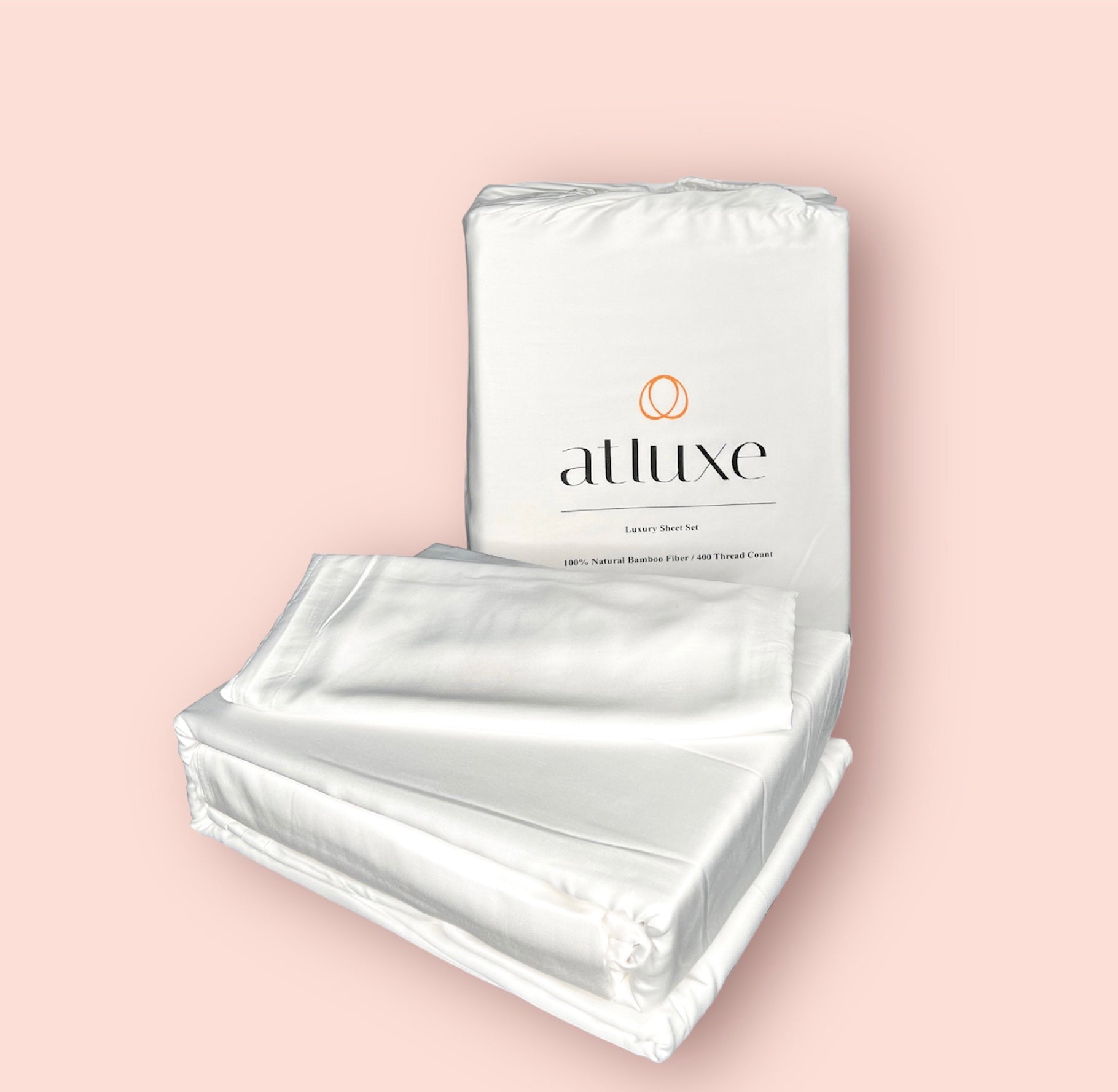
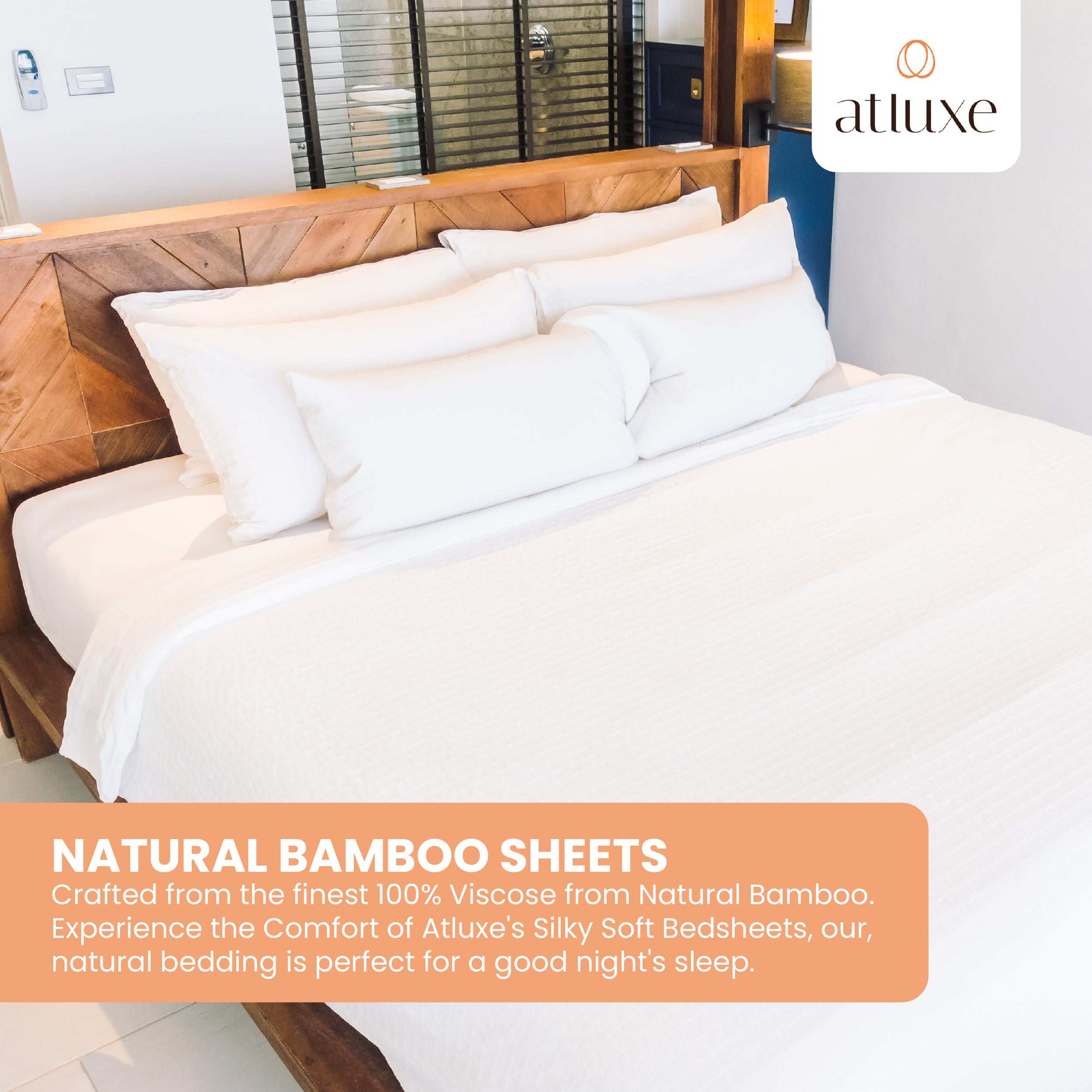
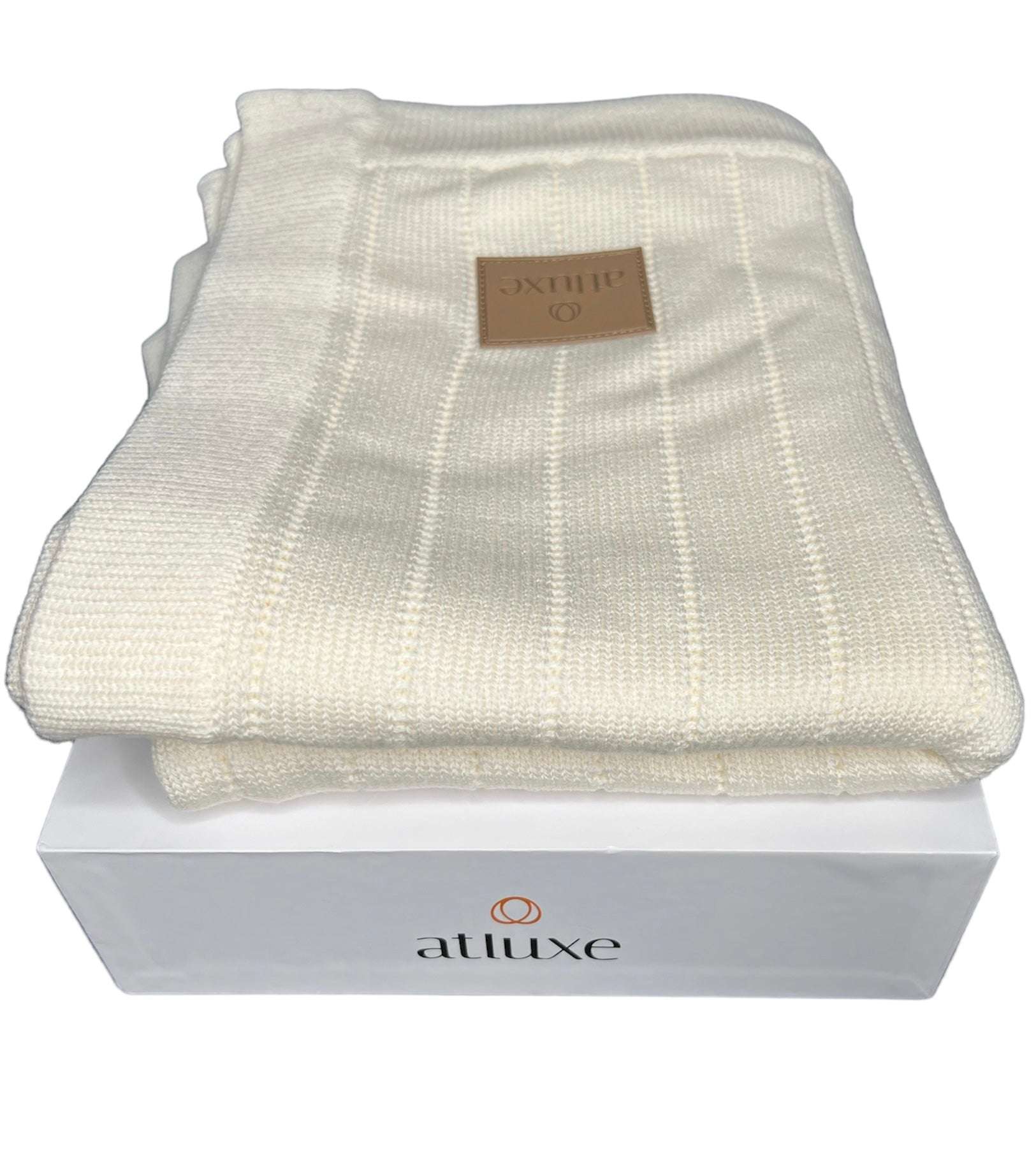
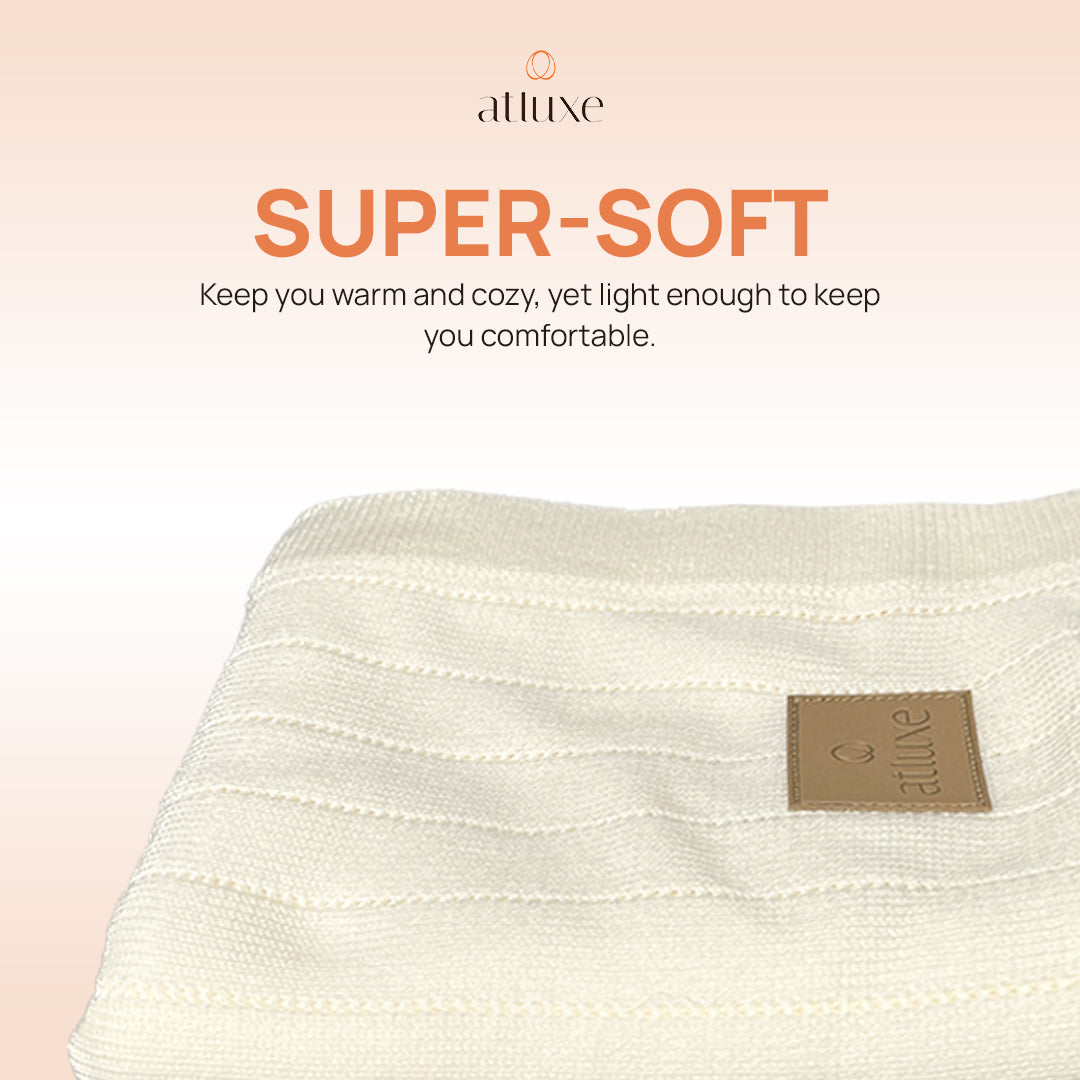

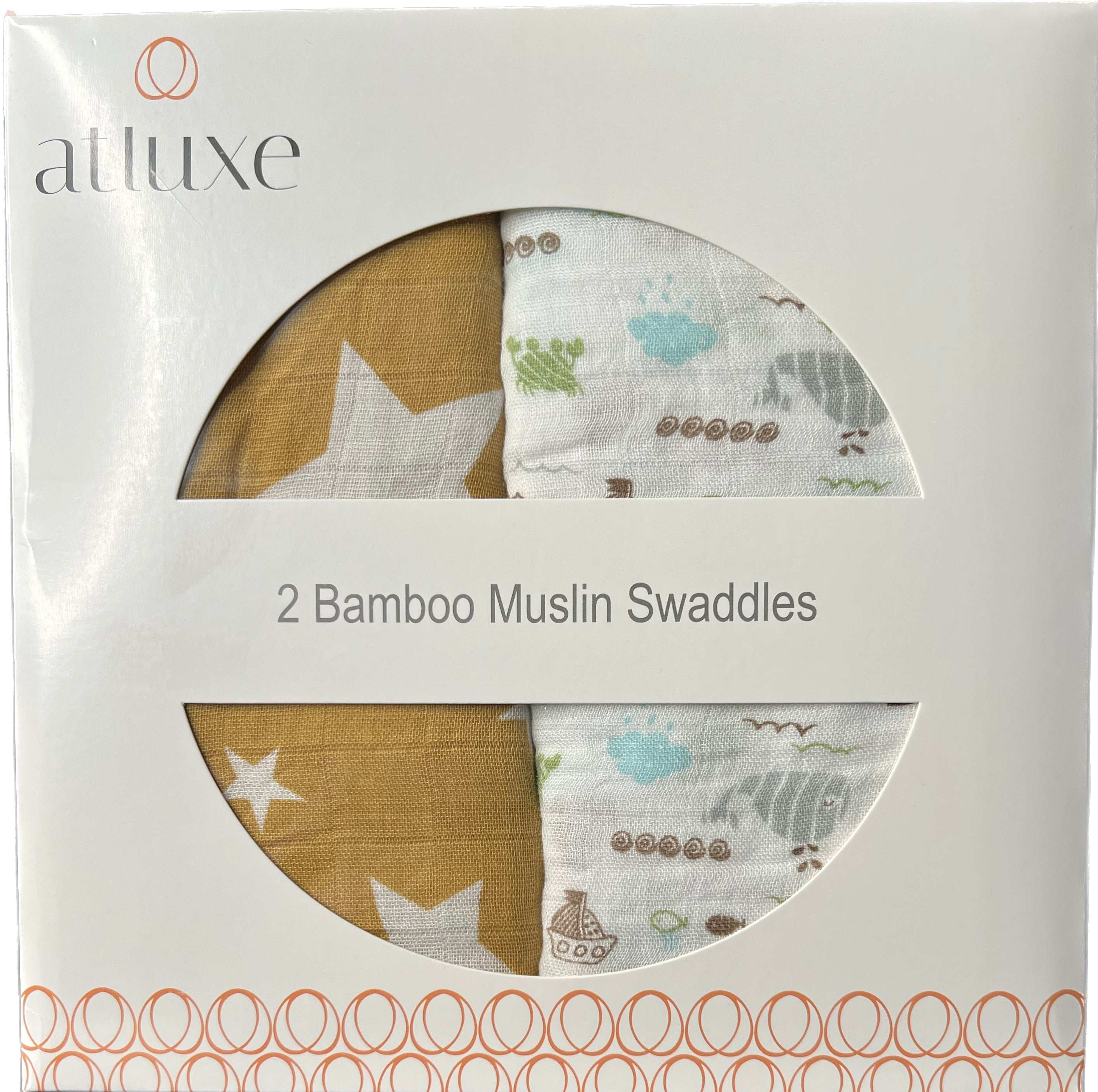



Leave a comment